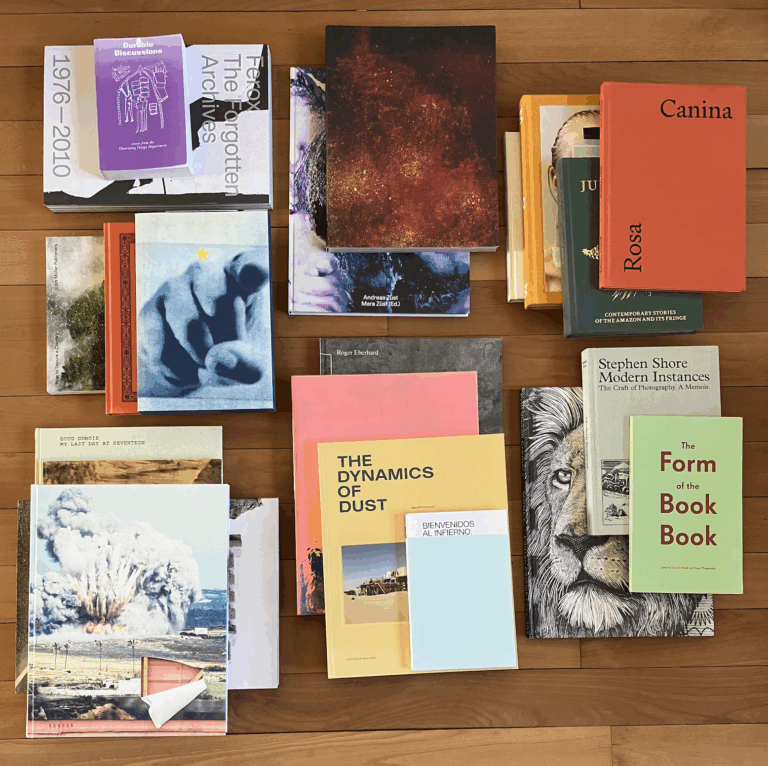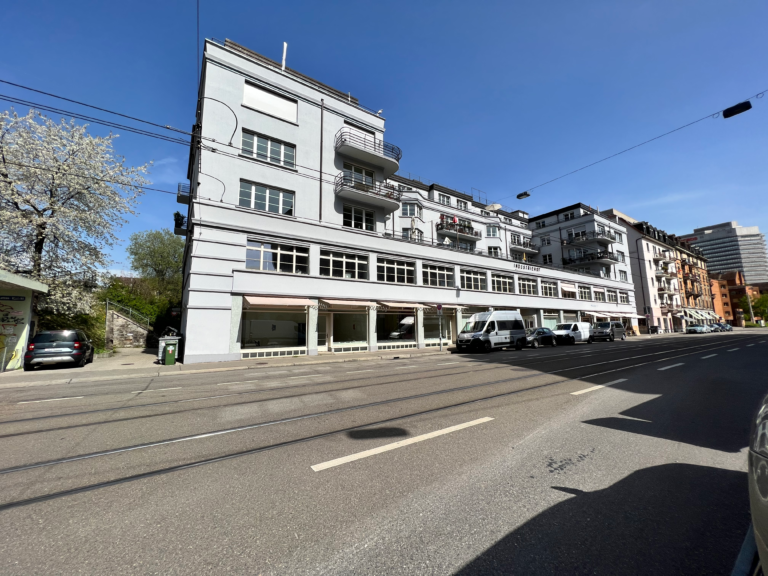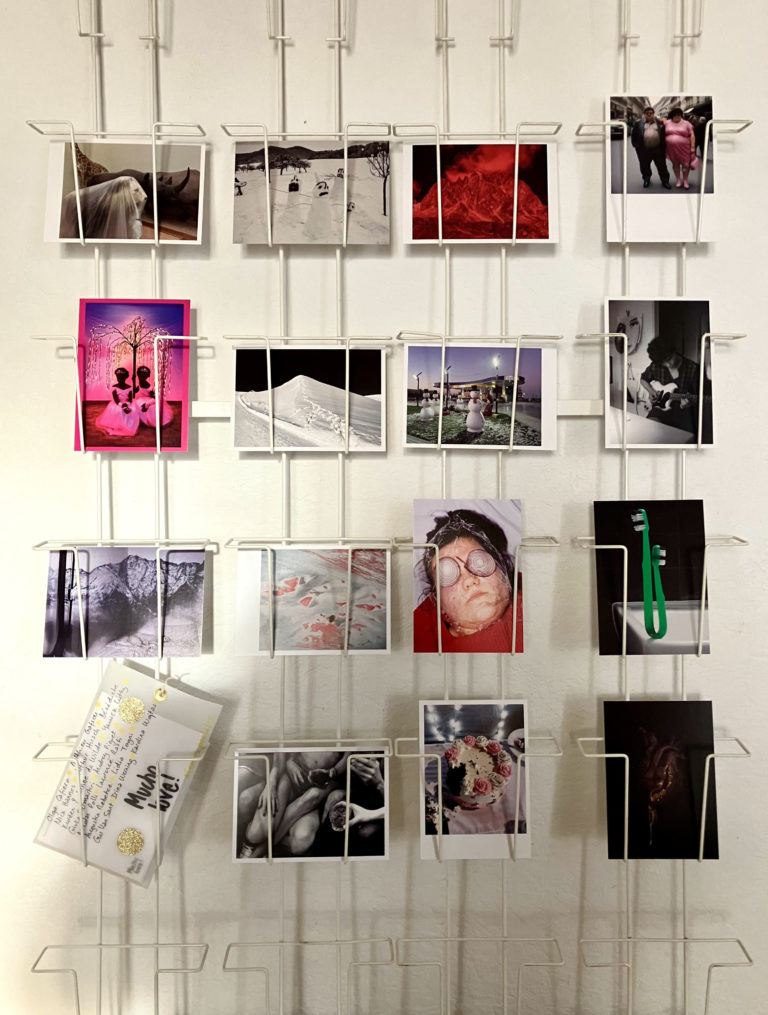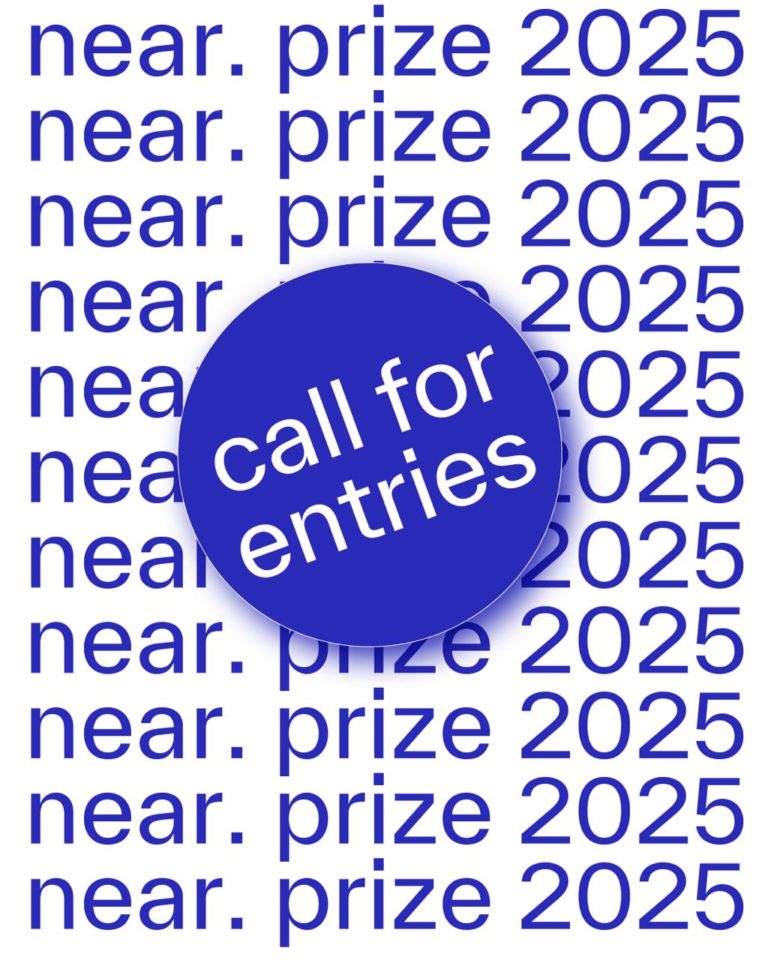Via Lactea
Via Lactea presents tableau-like landscapes as well as precisely detailed and yet intimate painterly portraits of farmers and farm animals. Tommasini undertakes a visual study of the relationship between humans, animals and topography in the context of a rapidly changing and increasingly mechanized agriculture and dairy industry.









Àrasaig – Safe Place
Àrasaig (Safe Place)
Highlands and Northern Isles of Scotland











Pairidaeza
In the arid Iranian desertic lands, not long after the discovery of channelization, some of the first human-designed ornamental landscapes were created. The origin of the word Paradise, meaning a garden enclosed by walls, “Pairidaēza” in the old Persian language, comes also from that world.
Protected all around by high walls, a garden is designed to become a place of enjoyment, isolated from the hot climate outside. A sort of Paradise on earth, where to physically and spiritually relax in the shadow of fruit trees, surrounded by flower beds, calm fountains and freshwater channels.
The conceptualization of the Persian gardens began under the Zoroastrian Achaemenids around 600BC. It then continued when Islam became the main religion in 600AD. In the Quran, heaven (Jannah) is described as a “garden of delights”. The righteous will enjoy, flowing rivers of wine, fruits and meat, surrounded by pure girls with beautiful eyes and modest gazes (Surah Ar-Rahmaan 55:56).
Today, inside garden walls, people look for different kinds of protection: some search breezes of freedom from the strict inner rules of society, others from the impositions of the outer global world. Perhaps what Ferdowsi wrote one thousand years ago still applies: “the whole Iran is like a lush Spring garden, where roses ever bloom and the army are the gardens walls. If the garden’s walls are pulled down, then there would be no difference between it and the wilderness beyond”.
My journey began in the dry deserts, searching for primordial signs of life, expressions of the four elements that are metaphorically represented in the rectangular architecture of gardens and in the Zoroastrian division of the universe. I then visited traditional and modern gardens, driven by the desire to better understand the link between the material world and that of meaning, how a society relates to its spirit and to its environment.











The relationship we weave with the territory in which we live is the point of interest of photographer Alfio Tommasini. He studied a master’s degree in photography in Madrid, Spain and is now based in Ticino, Switzerland. He has exhibited his projects internationally and received awards such as first prize at the Encontros da Imagen international festival, first prize at the Phodar Biennal, and the bronze medal at the Sony World Photography Awards.
His latest book is Via Lactea published by Edition Patrick Frey. As a curator, he has collaborated with different cultural realities primarily from Latin America and is currently a guest curator of RAK Arts Festival (UAE). He is the co-founder and art director of the Verzasca Foto Festival.
Location
Contact

Awards
- 2019Gold medal Series, Phodar Biennal, Bulgaria
- 2018Bronze medal, Sony World Photography Awards
- Finalist Head On Photo Festival, Australia
- 2009Third place, Prix Photo, Switzerland
- Winner Award Emergentes, Encontros da Imagen, Portugal
Exhibitions
- 2024Apu Haiku, Canvetto Luganese, Lugano Switzerland. Solo exhibition
- 2022Via Lactea, Dazio Grande, Rodi Switzerland. Solo exhibition
- 2021Pairidaeza, Photo Esplanade Chateâu de Gruyères CH. Solo exhibition
- 2018Via Lactea, Goethe Zentrum, Asuncion Paraguay. Solo exhibition
- Via Lactea, Palacio Santos, Montevideo Uruguay. Solo exhibition
- Via Lactea, Spazio 1929 Lugano, Switzerland. Solo exhibition
- 2015Tir Transit, Galeria Mascate, Porto Alegre Brasil. Solo exhibition
- 2010Antonio & Paloma, Galeria K, Lisboa Portugal. Solo exhibition
Publications
- 2020Alfio Tommasini, Via Lactea, Edition Patrick Frey
Awards
- 2019Gold medal Series, Phodar Biennal, Bulgaria
- 2018Bronze medal, Sony World Photography Awards
- Finalist Head On Photo Festival, Australia
- 2009Third place, Prix Photo, Switzerland
- Winner Award Emergentes, Encontros da Imagen, Portugal
Exhibitions
- 2024Apu Haiku, Canvetto Luganese, Lugano Switzerland. Solo exhibition
- 2022Via Lactea, Dazio Grande, Rodi Switzerland. Solo exhibition
- 2021Pairidaeza, Photo Esplanade Chateâu de Gruyères CH. Solo exhibition
- 2018Via Lactea, Goethe Zentrum, Asuncion Paraguay. Solo exhibition
- Via Lactea, Palacio Santos, Montevideo Uruguay. Solo exhibition
- Via Lactea, Spazio 1929 Lugano, Switzerland. Solo exhibition
- 2015Tir Transit, Galeria Mascate, Porto Alegre Brasil. Solo exhibition
- 2010Antonio & Paloma, Galeria K, Lisboa Portugal. Solo exhibition
Publications
- 2020Alfio Tommasini, Via Lactea, Edition Patrick Frey



























